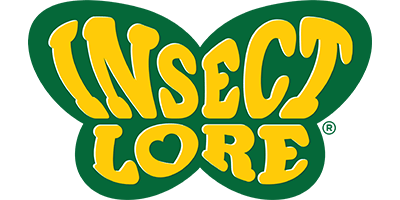Add description, images, menus and links to your mega menu
A column with no settings can be used as a spacer
Link to your collections, sales and even external links
Add up to five columns
Add description, images, menus and links to your mega menu
A column with no settings can be used as a spacer
Link to your collections, sales and even external links
Add up to five columns
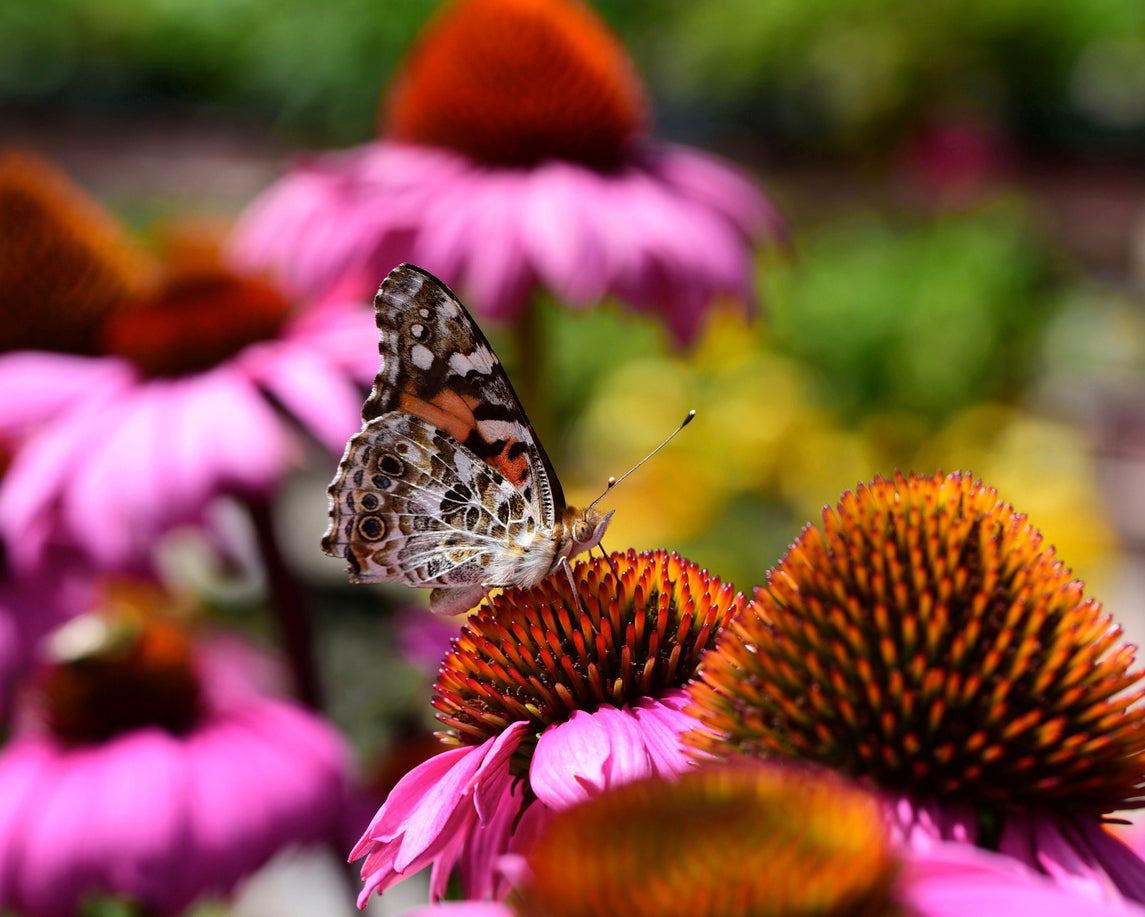
Best Pollinator Plants
By Spencer McManamna August 06, 2024 4 min read
Pollinator plants are crucial for sustaining healthy ecosystems and ensuring the productivity of our gardens. Read on to discover the best plants that attract and support bees, butterflies, and other essential pollinators, making your garden both beautiful and environmentally-friendly!
Aster
Aster are bright and colorful flowers from the daisy family, and a favorite of butterflies and bees! They a standout choice for pollinator-friendly gardens due to their vibrant blooms and extended flowering season. Colorful, daisy-like flowers attract a variety of pollinators, including bees, butterflies, and even some hummingbirds. Their late-season blossoms provide a crucial food source as other flowers begin to wane, supporting pollinator populations during the autumn months. Asters are relatively low-maintenance and adaptable to different soil types, making them an excellent addition to any garden aiming to support and attract beneficial pollinators.
Coneflower
A native of central and eastern North America, Coneflower plants love to grow in wet and dry prairies along with open wooded areas. Like the Aster, they are a member of the daisy family and have large petals and rich nectar for pollinator pals! The Coneflower is also resistant to drought, making it an excellent choice for off-season pollinator attraction. Coneflower plants attract butterflies, bees, and even many beetle species.
Milkweed
The mighty milkweed plant is a favorite of many butterfly species, most famously the Monarch Butterfly, which feeds solely on the milkweed plant during it's daring migration south to the forests of Mexico. Recognizable by its distinctive, clustered pink or orange flowers, Milkweed thrives in sunny soils across North America. Its blossoms are rich in nectar and produce a unique, slightly sweet fragrance that draws a diverse array of pollinators. Its flowers attract bees, butterflies, and even hummingbirds, making it a perfect addition to any garden focused on supporting pollinator populations.
Sunflower
Sunflowers, with their large, bright yellow blooms and towering stems, are a welcome addition to gardens and fields, thriving in full sun and well-drained soil. Their sprawling flower heads produce abundant nectar and pollen, making them highly attractive to a variety of pollinators. Bees, including honeybees and native species, are particularly drawn to sunflowers, while butterflies are also frequent visitors attracted by the bright colors and ample food source. Sunflowers' large blooms can provide a feeding station for birds and even some small mammals, making them a versatile and pollinator-friendly choice for any growing garden.
Monarda (Beebalm)
Beebalm (also known as Monarda) boasts striking, tubular flowers in hues of red, pink, purple, or white, and thrives in a range of garden settings from sunny to partially shaded areas. Its distinctive, aromatic blooms release a minty fragrance that attracts a variety of pollinators, including bees, butterflies, and hummingbirds. The vibrant, clustered flowers provide ample nectar and pollen, making beebalm an important resource for pollinators throughout its extended blooming season.
Salvia
Salvia, known for its elegant spikes of flowers in colors ranging from deep blues and purples to bright reds and pinks, flourishes in sunny gardens with a preference for warm climates. Its rich nectar and abundant pollen make it appealing to a variety of pollinators. Hummingbirds are drawn to its vibrant blooms and tubular shape, while bees and butterflies also frequent the flowers for their nectar nourishment. The long-lasting blooms and low-maintenance nature of salvia make it a valuable addition to gardens aimed at supporting diverse pollinator populations!
Yarrow
The Yarrow plant has delicate, flat-topped clusters of small, brightly colored flowers that range from white and yellow to pink and red. They thrive in sunny, well-drained soils and are known for their drought tolerance in high and dry temperatures. The flower clusters produce an abundant supply of nectar and pollen, making yarrow extremely enticing to pollinating pioneers! Bees, butterflies, and even some beetles are drawn to its boisterous blooms, benefiting from the consistent food source provided throughout the growing season. Yarrow’s robust nature and attractive floral display make it an excellent choice for any nature lover trying to perfect their pollinator garden.
Goldenrod
Goldenrod is a nectar-rich herbaceous perennial plant that is a great late food source for fall pollinators. Striking golden-yellow flower clusters draw the eye and dense, plume-like blooms are rich in nectar and pollen, making it a beacon for bees and butterflies. This flower is found in open sunny areas such as meadows, prairies and savannahs, and is an abundant food source!
Lavender
Famous for its calming scent and spikes of small, purple flowers, Lavender thrives in sunny soils with excellent air circulation. Its aromatic blooms are highly attractive to pollinators, offering a rich source of nectar and pollen. Bees, including honeybees and other solitary species, are particularly drawn to lavender's fragrant flowers, while butterflies also visit for their tasty nectar. The long-lasting, drought-tolerant nature of lavender makes it a valuable addition to any pollinator garden, providing essential resources throughout its extended blooming period.
Zinnias
With their bold, bright blooms in a rainbow of red, orange, pink, and yellow, Zinnias are vibrant additions to sunny garden beds and borders. These hardy annuals flourish in dry soil and full sunlight, producing large, daisy-like flowers that are rich in nectar and pollen. Their beautiful range of colors and ample food supply make zinnias highly attractive to a slew of pollinators, particularly butterflies and bees. The extended flowering period of zinnias not only enhances garden beauty but also provides a reliable source of nourishment for pollinators throughout the growing season.
Investigate the Incredible Lives of Insects with Insect Lore
Your search for the perfect pollination experience is just getting started! Visit us today at www.insectlore.com!
Also in Butterflies
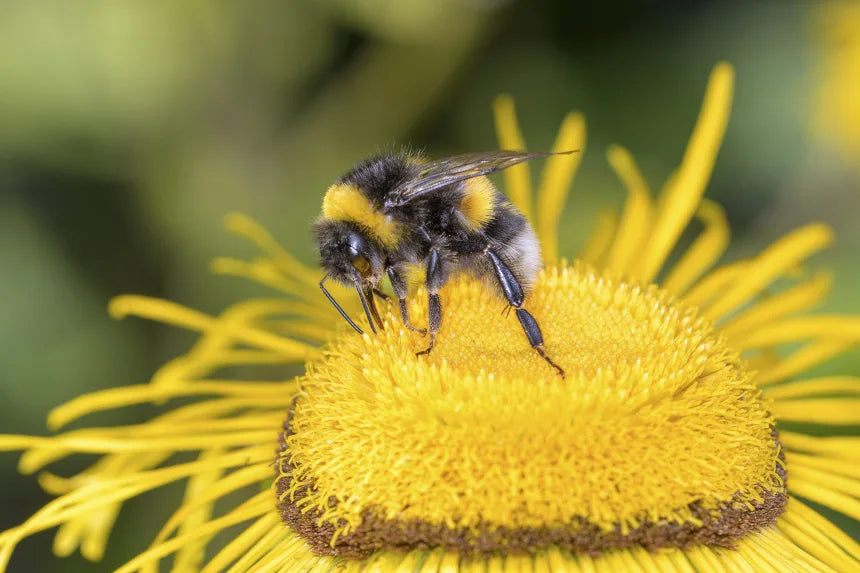
Ultimate Guide to Pollinators
December 15, 2025 8 min read
Pollination is the transfer of pollen from an anther of a plant to the stigma of a plant, which makes fertilization and the production of seeds possible. Read on to discover the uniquely incredible world of pollination, which brings so many priceless gifts to our own world.
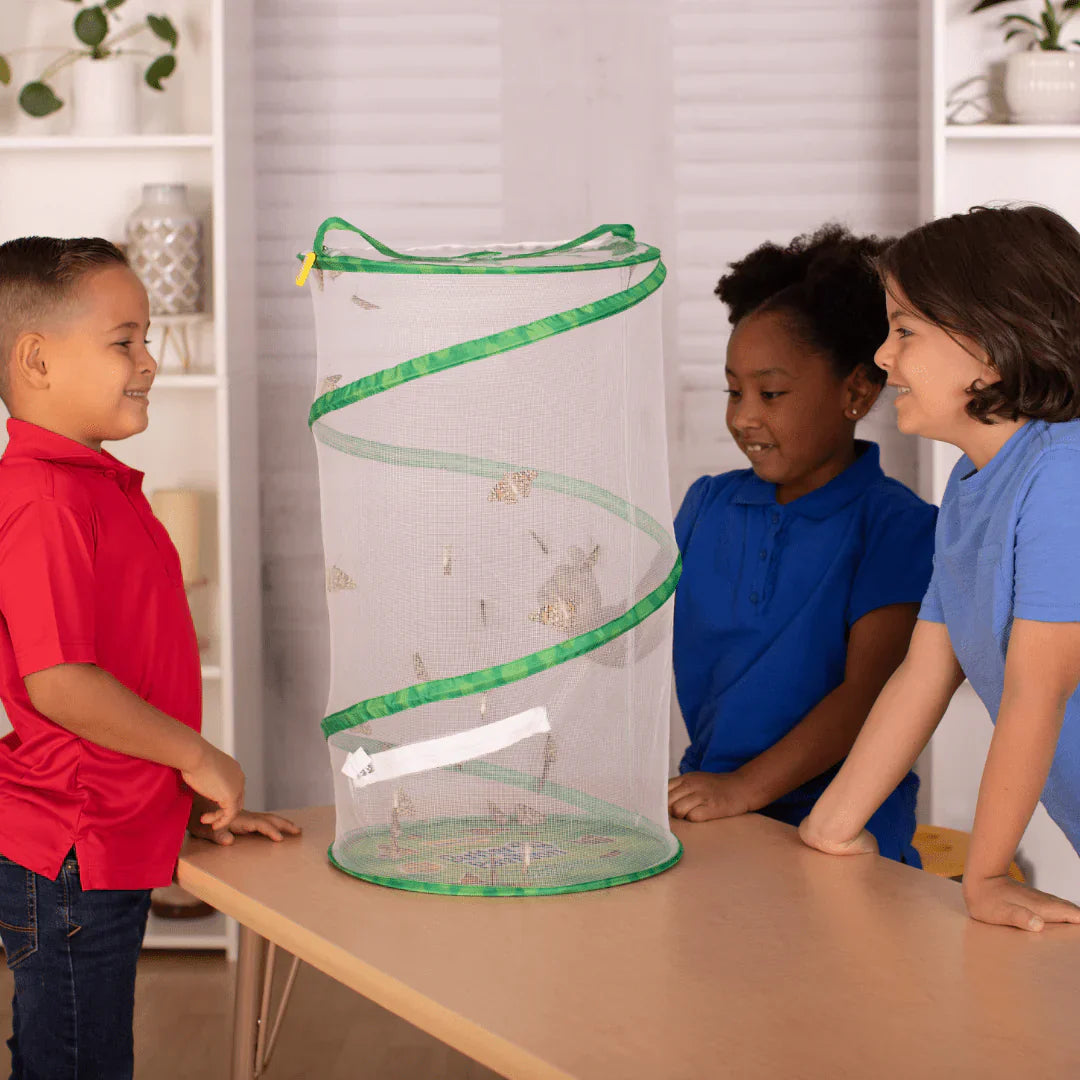
Tips for Implementing STEM Education in the Elementary Classroom
December 11, 2025 4 min read
In this article, we'll help explain practical strategies for bringing STEM into daily instruction and will explore specific butterfly-metamorphosis activities that enrich your students’ scientific understanding!
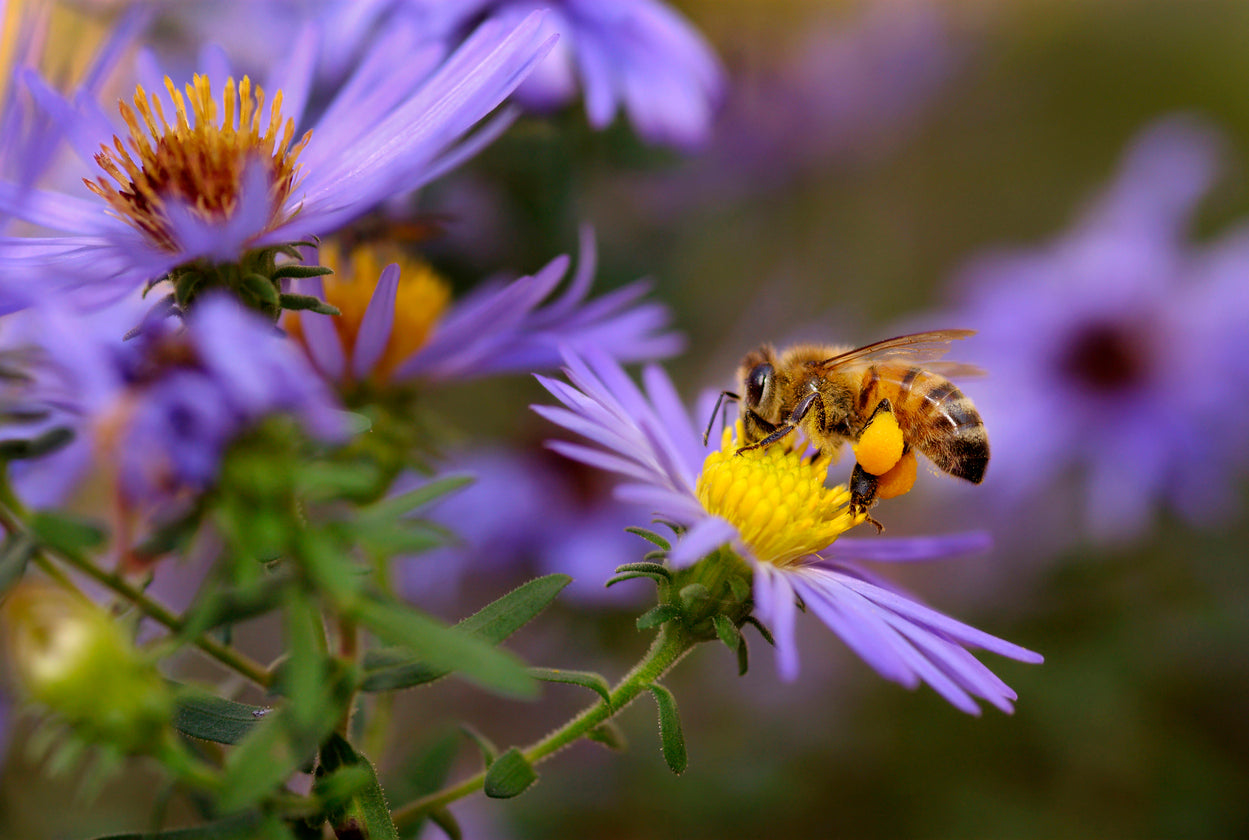
History of National Pollinator Month
December 11, 2025 4 min read
National Pollinator Month, observed every June, is dedicated to raising awareness about the essential role pollinators play in sustaining our ecosystems, agriculture, and global food supplies.

Enter Your Voucher Code Below
If you are experiencing difficulty redeeming your voucher on your desktop, please use a mobile device for a better redeeming experience.

We are unable to combine redemption fees. If you are redeeming 1-5 voucher codes, please complete separate purchases through our website for each voucher. If you are redeeming 6+ vouchers, please email us at customerservice@insectlore.com with your voucher codes and shipping address and we'll send you a custom invoice for payment.
Thank you for Redeeming your voucher!
You redeemed a $title

Don't miss this special one Time Offer.
Check the Box to Add this Special Offer to your Cart

Don't miss this special one Time Offer.
Check the Box to Add this Special Offer to your Cart
It looks like you are an Insect Lore UK/EU customer! You are visiting the Insect Lore USA website.
Click Insect Lore UK/EU website to be redirected to insectlore.co.uk.

